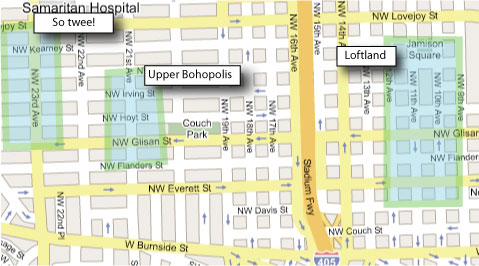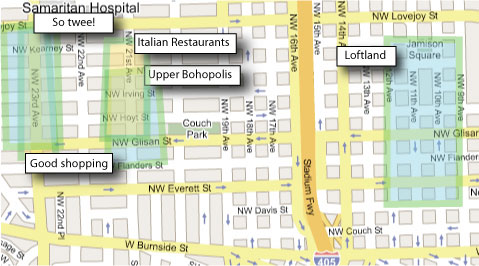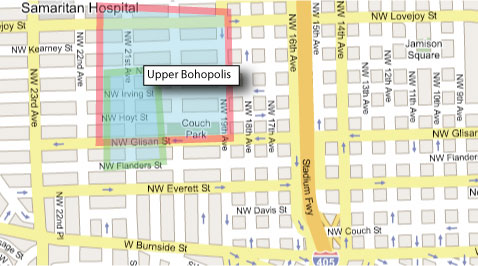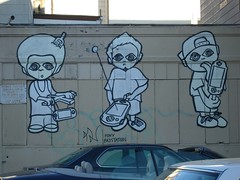Yesterday I was explaining what I do to a friend and started getting caught up in the usual tangle of terminology, so I came up with a structure for the different terms related to the fragmentation of information processing into everyday objects. As I see it, the different terms--pervasive computing, ubiquitous computing, ambient intelligence and physical computing--come from different historical contexts that are based on geography: PARC coined "ubiquitous computing," so it's big on the West Coast; IBM likes "pervasive," they get the East; Philips was responsible for "ambient intelligence," so that's what it's called in Europe. In reality, it's just a blind men and elephant problem. They're all describing the same idea, but alliances and territoriality create clusters of terminology. So here's how I described it to my friend:
| Term | Interrogative | Note |
| Ubiquitous computing | How | Embedded information processing and network communication will change the world by continuously providing services and support. |
| Physical computing | What | This will require them to be embedded in physical objects. |
| Pervasive computing | Where | The embedding will need to be if they're to provide the support continuously. |
| Ambient intelligence | Why | And the goal of the project is to create an environment that supports our goals through distributed reasoning. |
"Who" is, of course, left as a a big question, but that's why there are so many anthropologists involved now, I suspect.
The definitions aren't totally separate, but it's an interesting exercise to see the focus of the groups who fly a particular flag. I still think it's all the same elephant and that maybe it needs an even yet different term. There's great value in creating a good term that encapsulates a set of ideas, but it has to accurately capture the essense of an idea as it is perceived by others to take off. Which means it needs to be externally-focused, and not about the process. I feel that none of these terms is sufficiently strong in that department, though I'm going to use "ubiquitous computing" and "ubicomp" for now, since I'm from the west coast and Weiser deserves mad props for having seen it first.
[1-31-06 update: Anne has written a typically thoughtful and insightful commentary to this note, to which I've replied. Thank you, Anne!]
[2-5-06 update: Doh! Peter tells me that if I had been paying attention, I would have noticed that my alma mater, Wired, is also on the disambiguation tip. More general than my take, but still. Peter generously said "must be in the air."]










Recent Comments